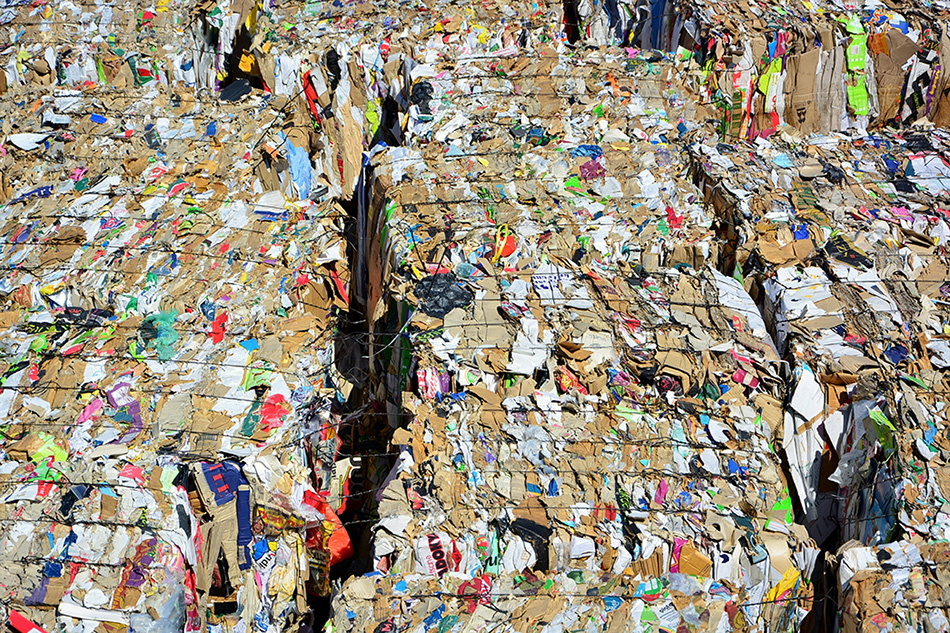
OCC baled for recycling. | Sergej57/Shutterstock
Recycled paper mill operator DS Smith predicts strong growth in corrugated packaging, long after the initial impacts of the COVID-19 pandemic have passed, the company’s head of recycling said.

OCC baled for recycling. | Sergej57/Shutterstock
Recycled paper mill operator DS Smith predicts strong growth in corrugated packaging, long after the initial impacts of the COVID-19 pandemic have passed, the company’s head of recycling said.
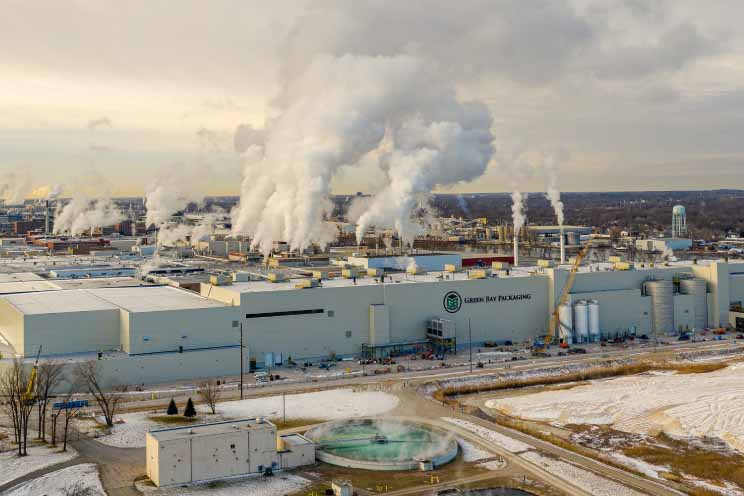
The mill’s completion is on schedule with the initial timeline, which forecast a spring 2021 start-up. | Courtesy of Green Bay Packaging.
Green Bay Packaging this month produced the first reel of paper at its newly completed Wisconsin recycled paper mill, which uses OCC and mixed paper feedstock.
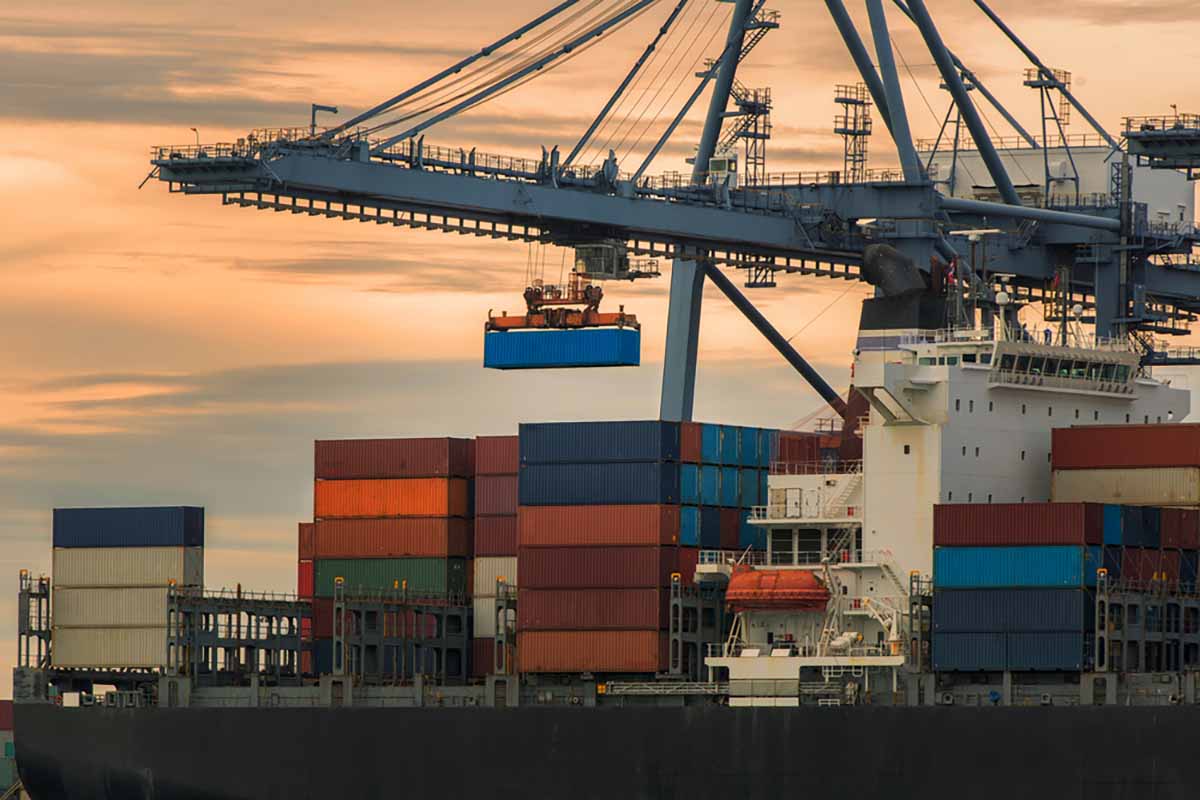
U.S. exports of recovered fiber were up slightly in January 2021 compared to the previous year. | anek.soowannaphoom/Shutterstock
Exports of U.S. scrap paper and plastic increased in January 2021 compared with 2020, despite China’s exit from the recovered paper market and new Basel Convention regulations on plastic shipments.

The REMADE Institute issued funding to projects exploring a variety of recycling technologies. | Gorodenkoff/Shutterstock
A federal initiative focused on energy efficiency in U.S. manufacturing recently selected two dozen recycling projects to support. A majority of the projects are related to plastics recycling, but others target fiber, metals and more.
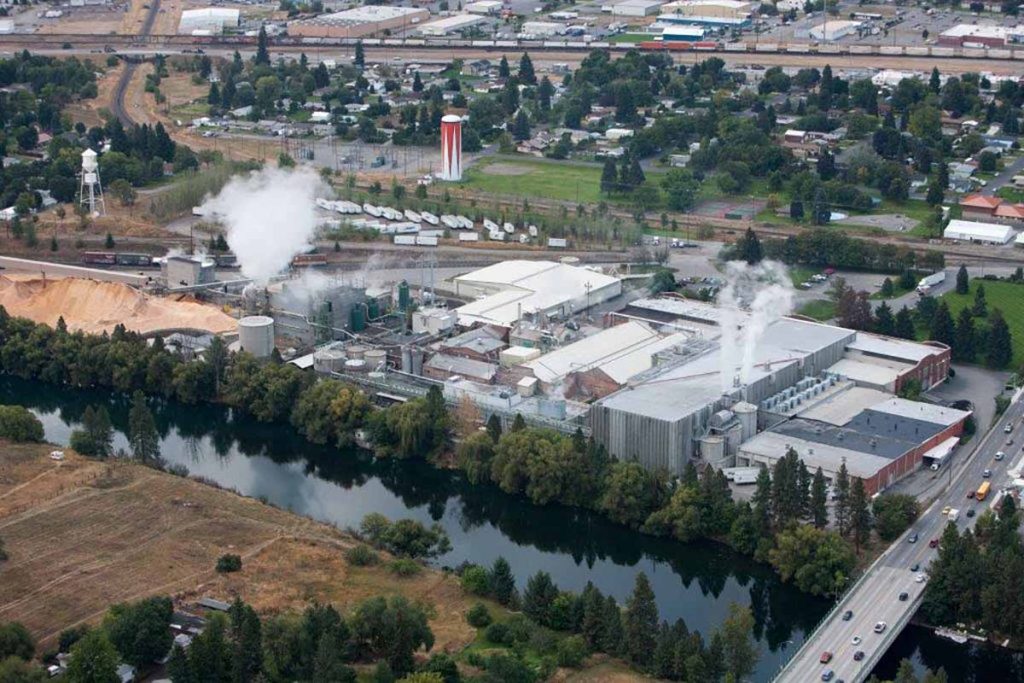
Inland Empire Paper Company operates a 110-year-old paper mill that uses recycled fiber near Spokane, Wash. | Courtesy of Inland Empire Paper Company
A Pacific Northwest paper mill has begun producing new grades of paper made from recovered fiber, a response to changing end markets and growing customer interest in recycled content.
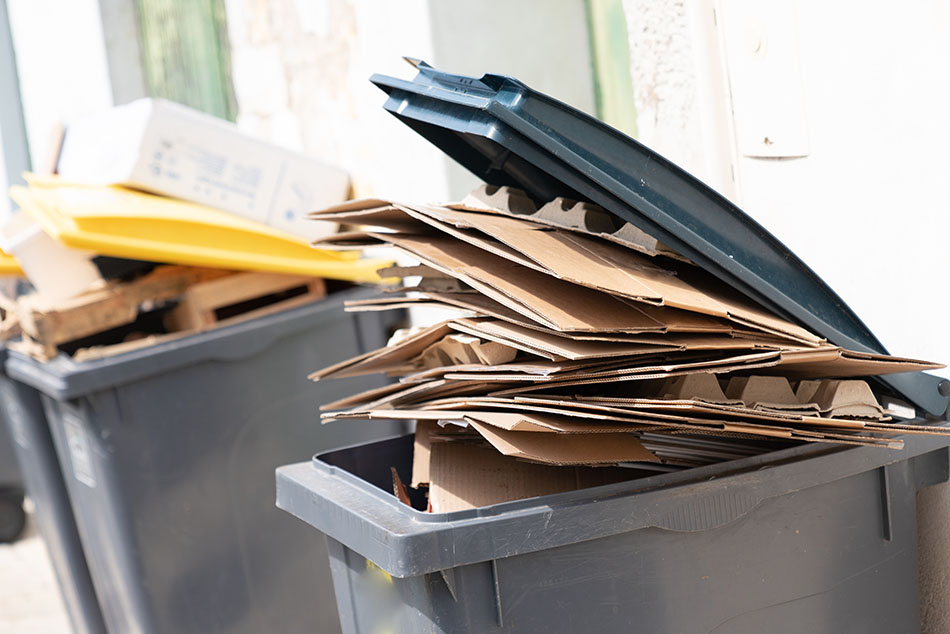
Several companies forecast that fiber costs will continue to rise throughout 2021. | sylv1rob1/Shutterstock
Paper mill operators anticipate strong demand for corrugated packaging will continue to drive up prices for recovered fiber, according to recent earnings calls.
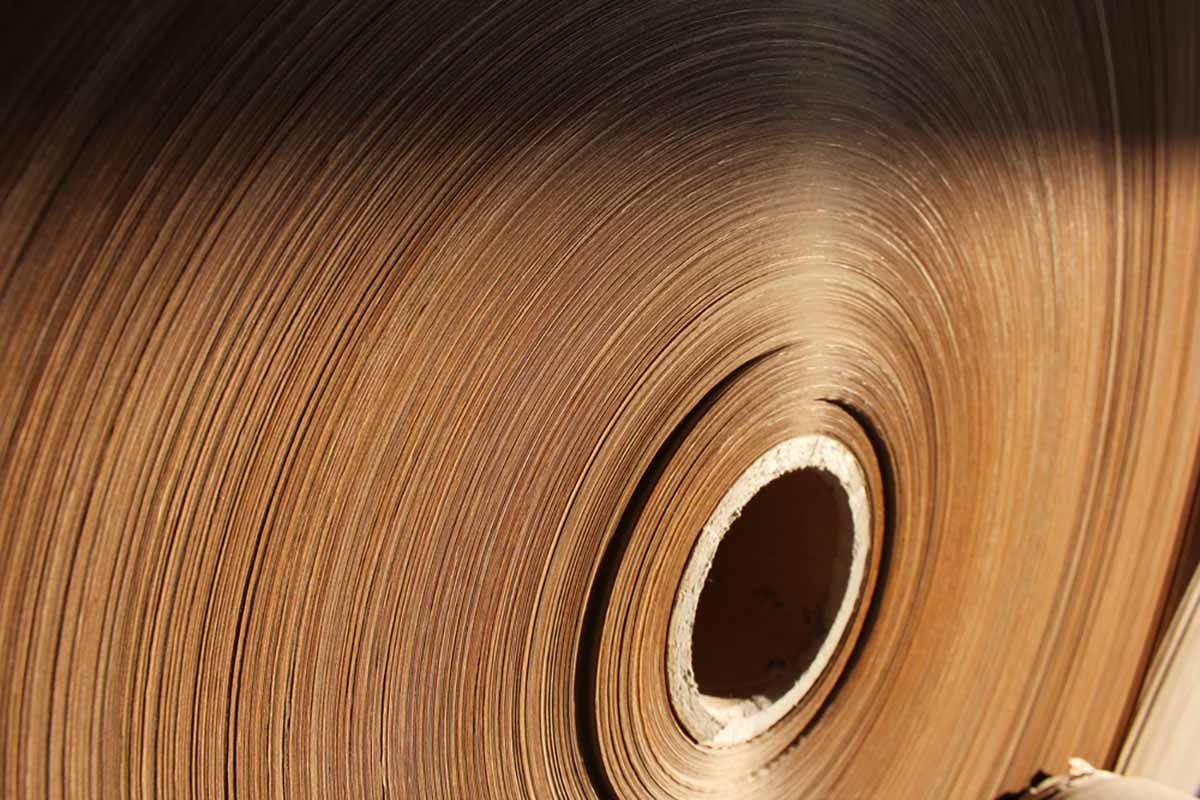
China’s largest paper company continues to source recovered fiber from around the world but is converting it into pulp before shipment into China. | safakcakir/Shutterstock
Nine Dragons announced plans for a $4.6 billion paper mill in southern China, one of the company’s huge investments in response to China’s recovered fiber imports ban.
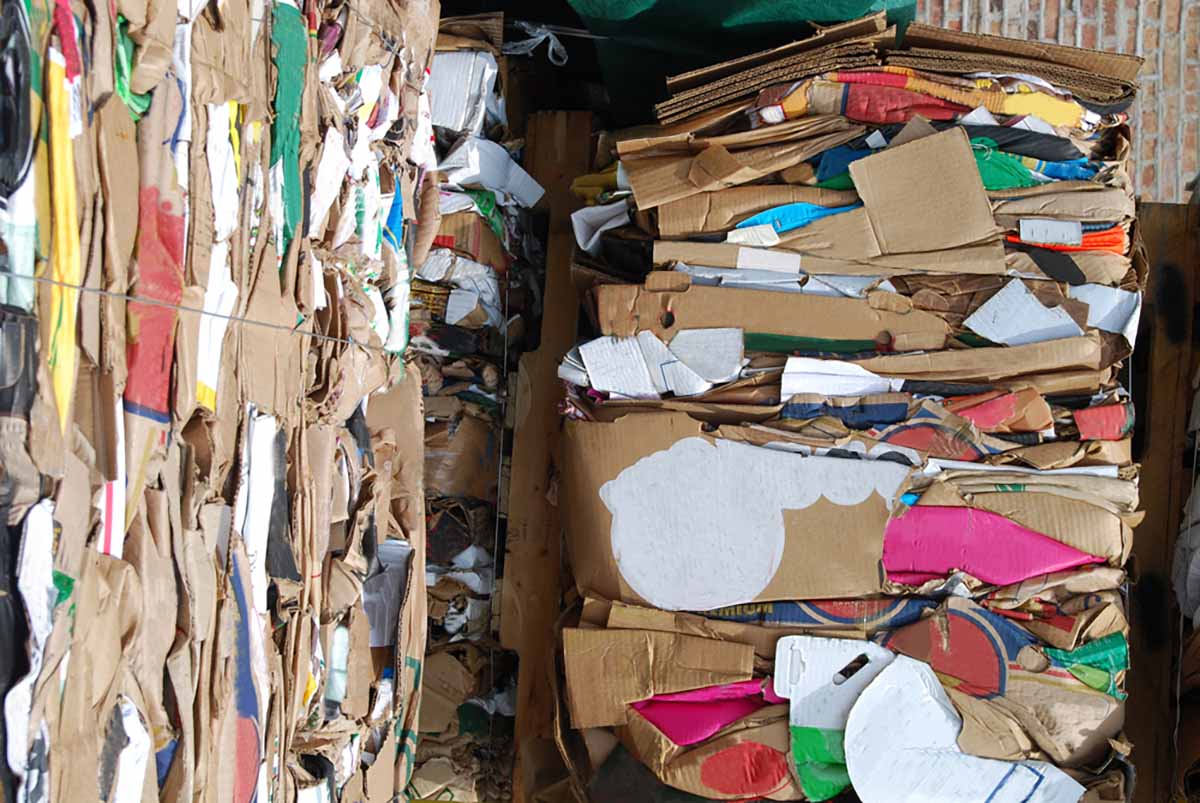
A senior economist at recovered paper research firm RISI recently spoke on the forces driving the OCC market. | Quang Ho/Shutterstock
The end of 2020 was marked by promising recovered fiber prices. An analyst says that’s due to strong domestic and international demand, despite China’s move to cease buying.

